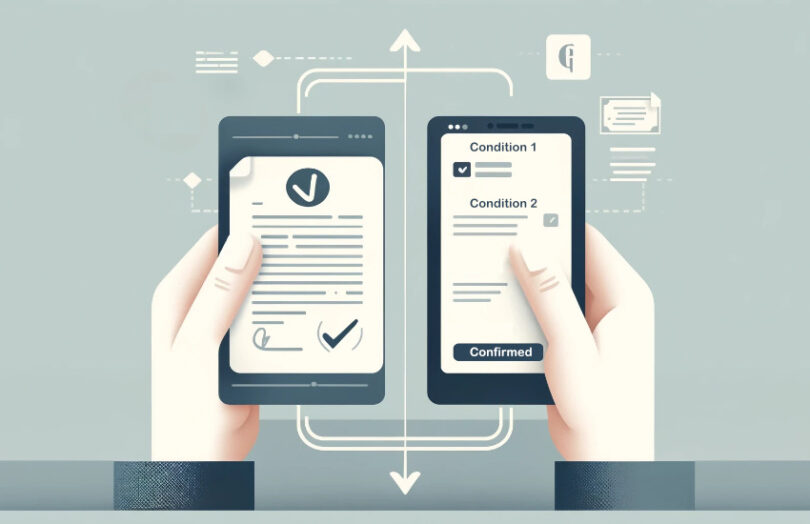Tomorrow the Bank of Thailand is inviting companies to apply to participate in its enhanced regulatory sandbox for DLT-based programmable payments. The application period lasts three months to September 13.
For applications to be considered for testing, it’s crucial that they align with the specified use cases. The following use cases are allowed:
- Payment and settlement based on specific conditions specified in advance
- An escrow service where funds are released based on fulfilling contractual requirements
- Using DLT coins as a medium of exchange for asset tokenization. That includes the automated payment of returns or income on tokenized assets.
Other use cases linked to the above may be in scope. However, the central bank is keen to avoid anything that appears risky, including staking for blockchains.
Regarding the payment instrument, the central bank avoided using the terms ‘stablecoin’ or ‘electronic money’. Instead, it opted for an ‘electronic data unit’, although something might have been lost in translation. We’ll use the term ‘coin’.
The coins are similar to stablecoins in that they are reserve backed, although the backing is in segregated bank deposits. Each coin is equivalent to one Thai Baht and must be redeemable.
Meanwhile, amongst other central banks involved in programmable payments, the Monetary Authority of Singapore has emphasized the need for the programmability to work across different types of money. That includes a CBDC, a tokenized deposit or a stablecoin. Its concept of Purpose Bound Money has already been tested, and trials will continue as part of its tokenized deposit experiments. India is starting to test programmability for its pilot CBDC, and programmable payments are at the heart of Brazil’s DREX CBDC project.






